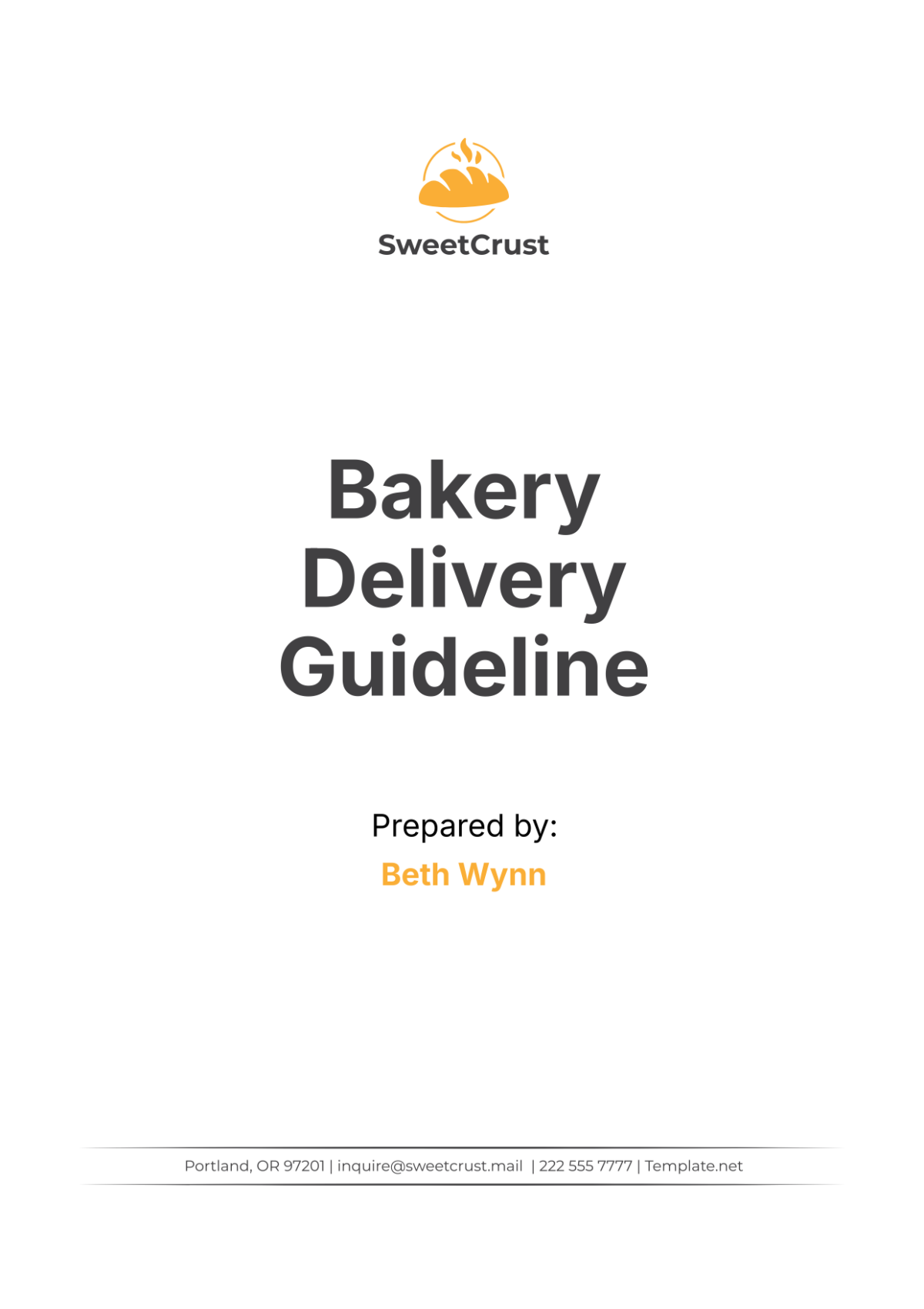Free Bakery Delivery Guideline
Ensure efficient and accurate deliveries with the Bakery Delivery Guideline Template! This customizable and editable template from Template.net offers a structured approach to managing your delivery operations. The AI Editor Tool helps you tailor the guidelines to fit your bakery's delivery routes and procedures, ensuring timely deliveries and satisfied customers!
